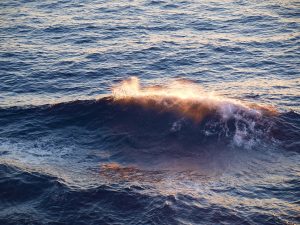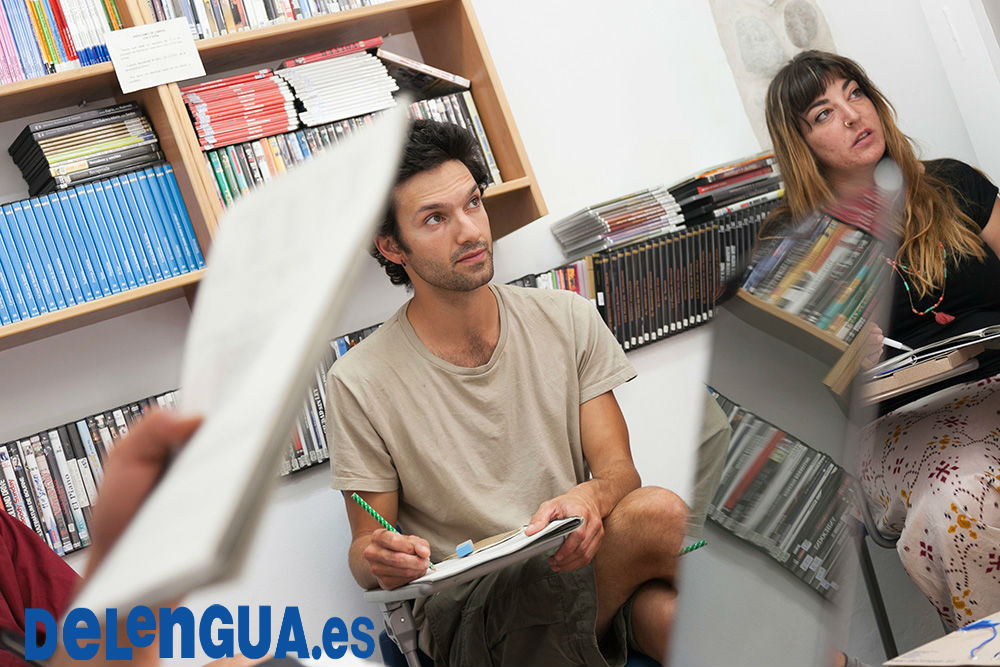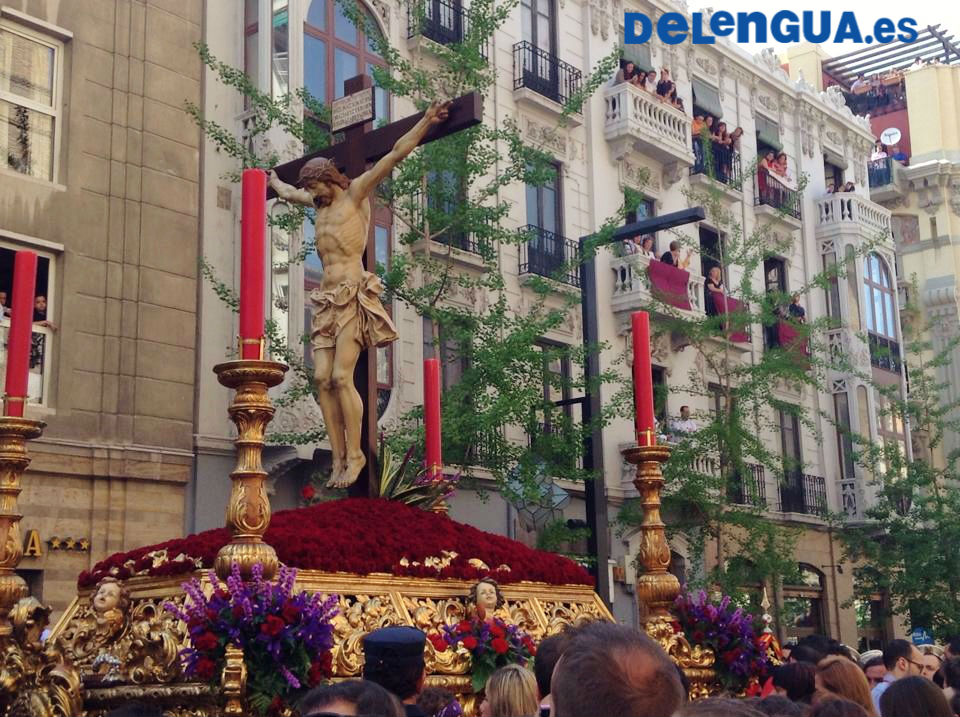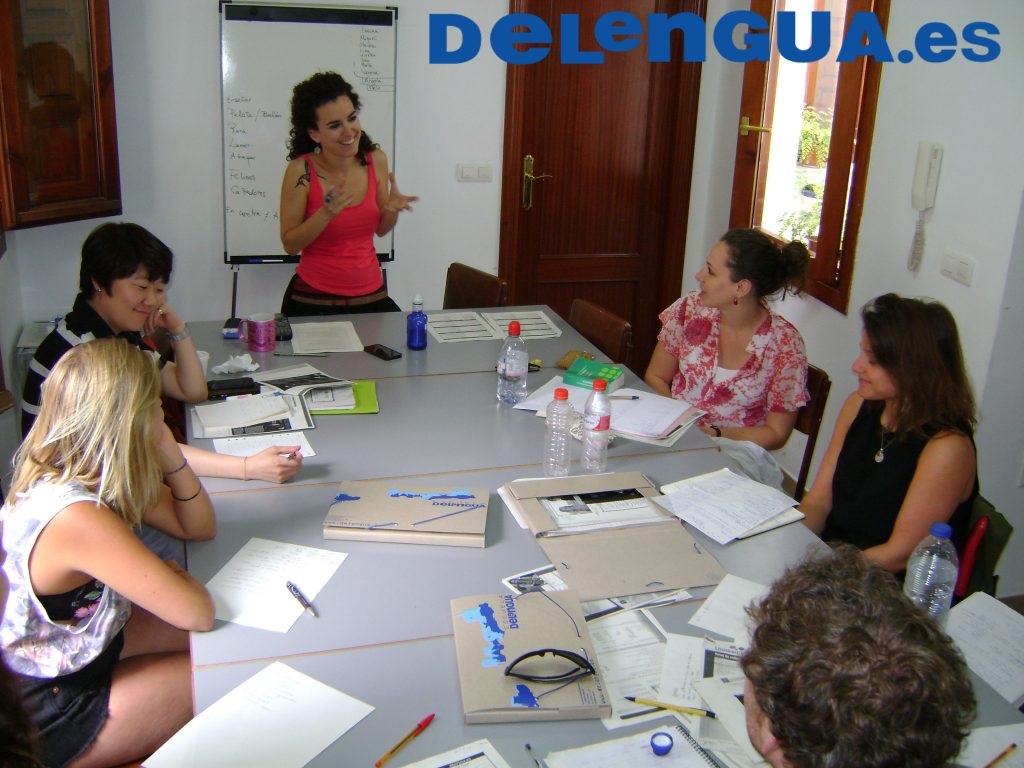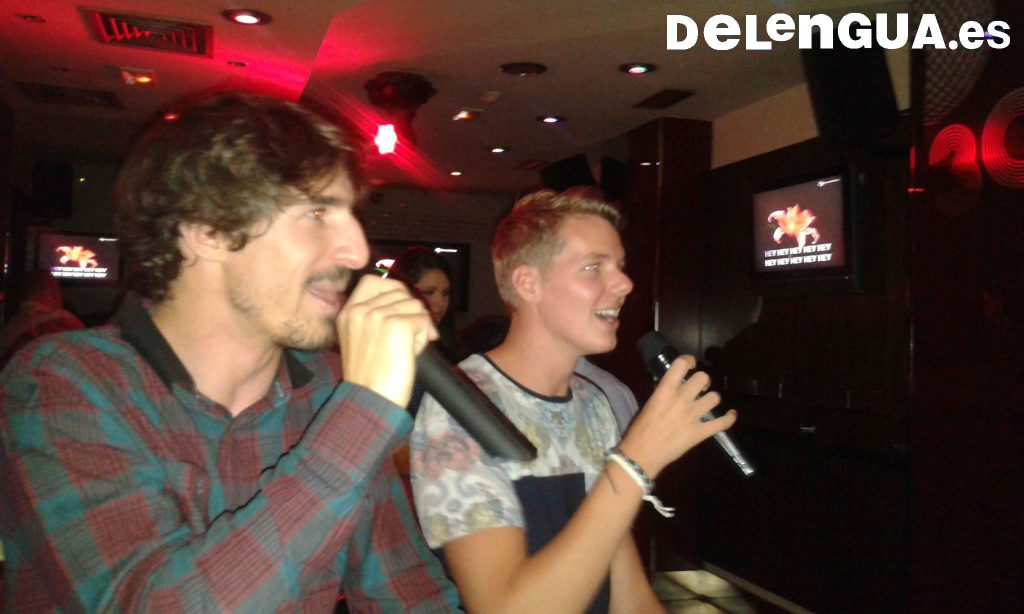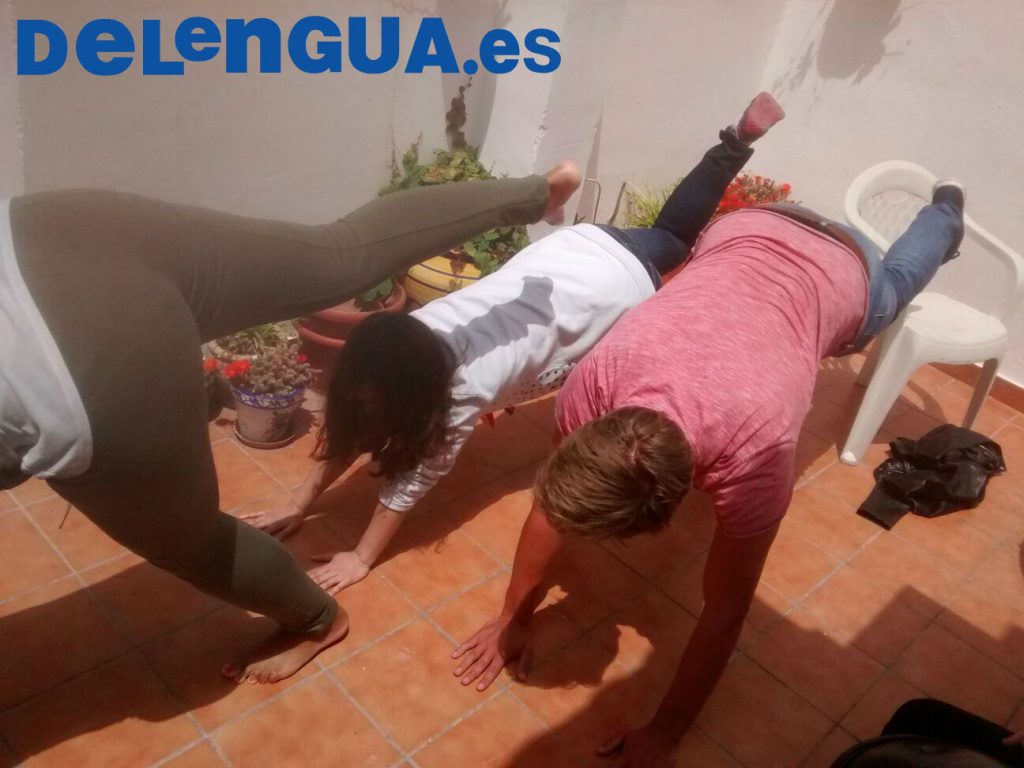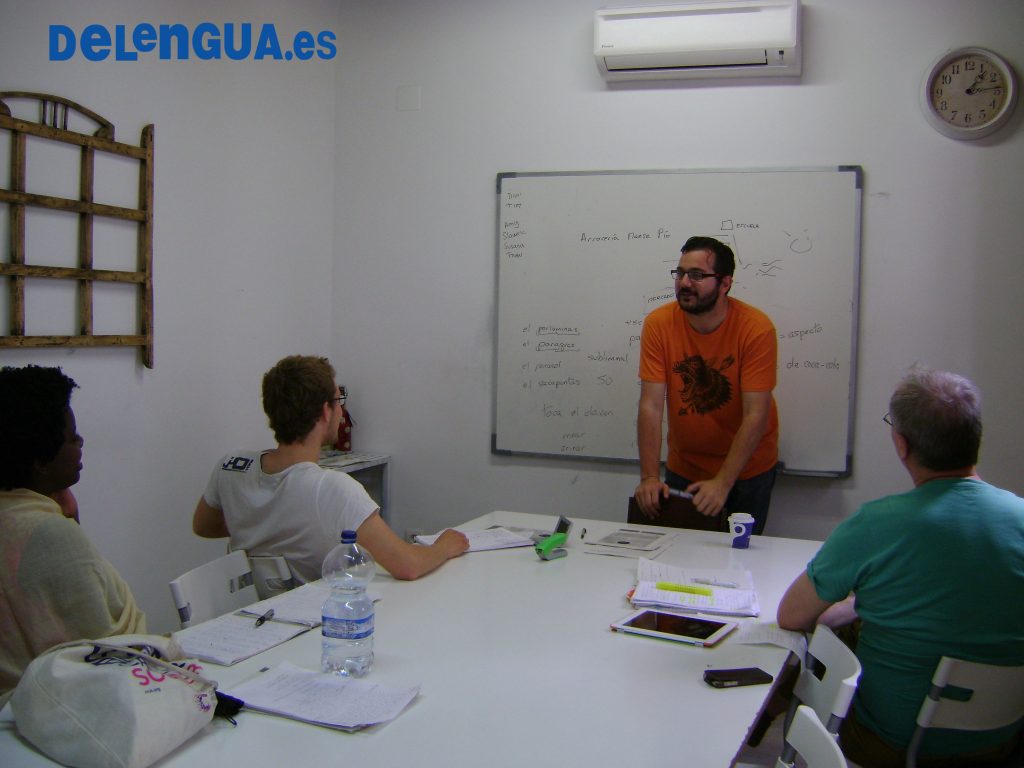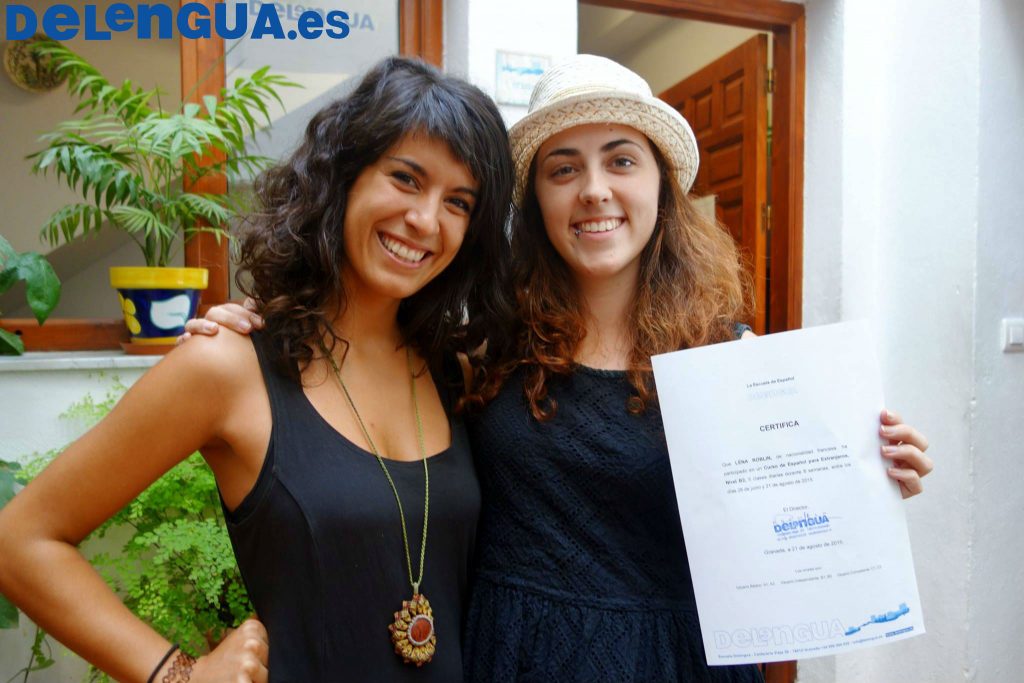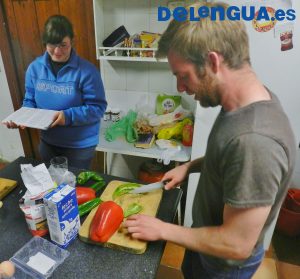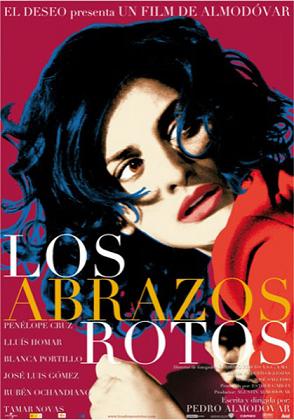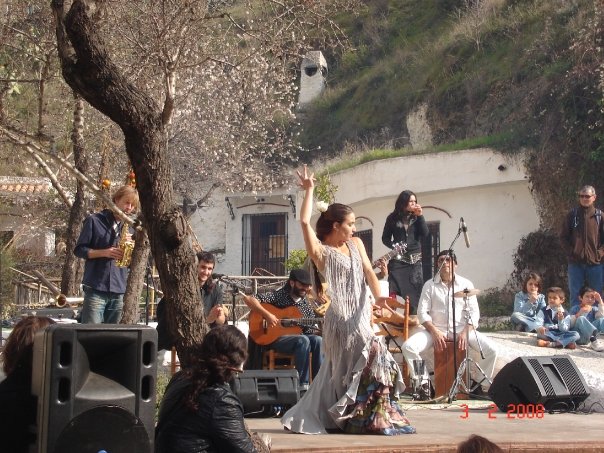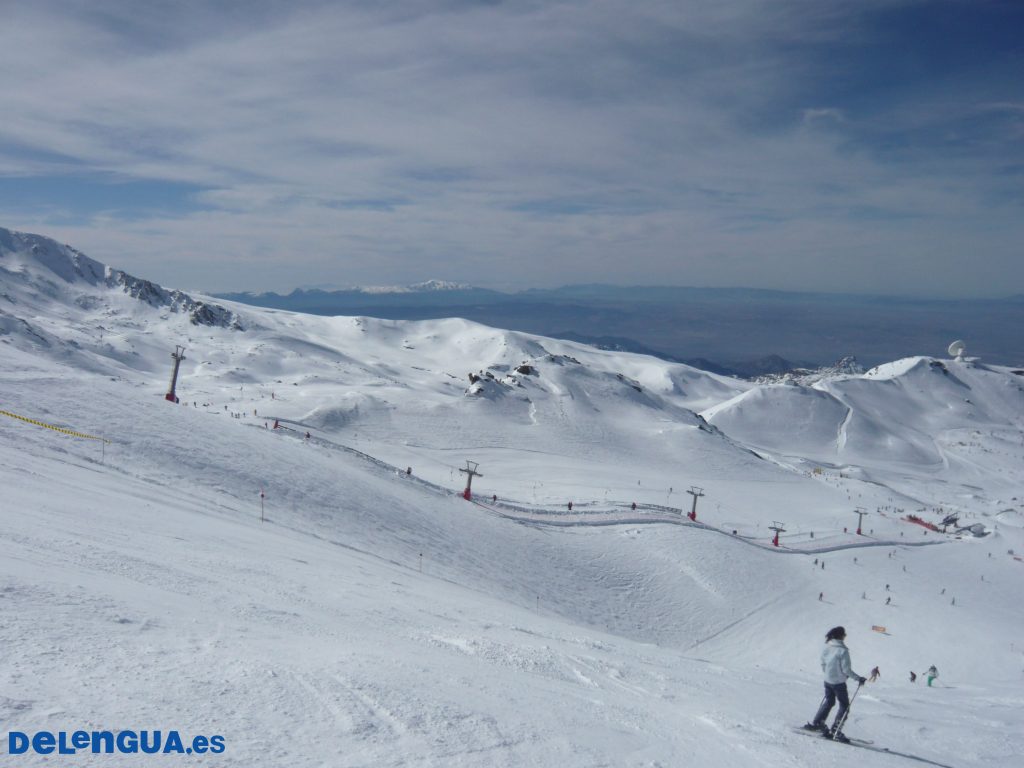|
“La forma más romántica y peligrosa de la música, que siempre ha inspirado al cuerpo humano a adherirse al otro. La experiencia de la emoción y el estremecimiento del placer.”
Fred Dellar (Mojo) sobre Tango
Por primera vez el tango fue bailado en Buenos Aires y Montevideo al final de siglo XIX. En este tiempo estaba influido de los estilos de los bailes europeos y fue considerado el más indecente. Con el tiempo la gente adquirió elegancia y refinó movimientos y el Tango se ganó la aceptación del público y el Vaticano. Hoy día el Tango es un baile explosivo y elegante que expresa amor, romance y odio.
Del 31 de marzo de 2009 al 5 de abril de 2009 El Festival Internacional del Tango está organizado en Granada. Este festival es un acontecimiento pionero en el mundo europeo del Tango. Desde su apertura en 1988 ofrece la diversidad de los estilos en cada uno de los aspectos diferentes del tango: instrumento, baile y canción. Este año en su 21ª edición participan más de 60 artistas, 5 voces femeninas, 12 parejas que bailan, 6 voces masculinas y solistas. Uno de los artistas principales es Miguel Ángel Zotto, que es considerado por muchas personas como el bailarín más notable en la historia del Tango.
Durante una semana el festival ofrece numerosos conciertos musicales, espectáculos y clases del Tango. Hay también exposiciones fotográficas, debates en la cultura, lecturas de poesía así como mucho más. Los acontecimientos principales ocurren sobre todo en el Teatro Isabel la Católica, los adicionales son localizados en la Universidad de Granada, Corral del Carbón, Mirador de San Nicolás y otros sitios.
Entonces si ahora realmente quiere participar en el 21 Festival Internacional del Tango de Granada, no vacile. Haga su maleta y venga a Granada para aprender el español en la Escuela Delengua, bailar el Tango con profesionales y admirar extraordinarias interpretaciones en el nivel internacional más alto.
|
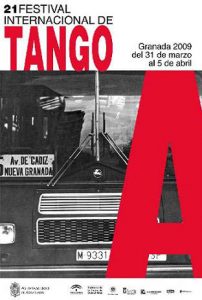
|
“The most romantic and dangerous form of music, which has ever inspired the human body to stick to another. The experience of emotion and thrill of pleasure.”
Fred Dellar (Mojo) about Tango
The tango was danced for the first time ever in Buenos Aires and Montevideo at the end of the XIXth century. At this time it was influenced by styles of European dances and was considered the most indecent. With time people acquired elegance and refined movements and the Tango gained acceptance from the public and Vatican. Nowadays the Tango is an explosive and elegant dance which expresses love, romance and hate.
From March 31, 2009 until April 5, 2009 The International Festival of Tango is organised in Granada. This festival is a pioneering event in the European world of Tango. From its opening in 1988 it offered diversity of styles in each of the different aspects of tango: instrument, dance and song. This year in its 21st edition more than 60 artists, 5 female voices, 12 dancing couples, 6 male voices and soloists are taking part. One of the main artists is Miguel Ángel Zotto, who is considered by many people as the most notable ballet dancer in the history of Tango.
For one week the festival offers numerous musical concerts, spectacles and classes of Tango. There are also photographic exhibitions, debates on culture, poetry readings as well as much more. Main events take place mostly in the Theater “Isabel la Católica”. Additional ones are located at the University of Granada, Corral del Carbón, Mirador de San Nicólas and other places.
So now if you really want to participate in The 21st International Festival of Tango of Granada, don’t hesitate. Pack your suitcase and come to Granada to learn Spanish at Delengua Language School, dance Tango with professionals and admire extraordinary performances at the highest international level.
|
